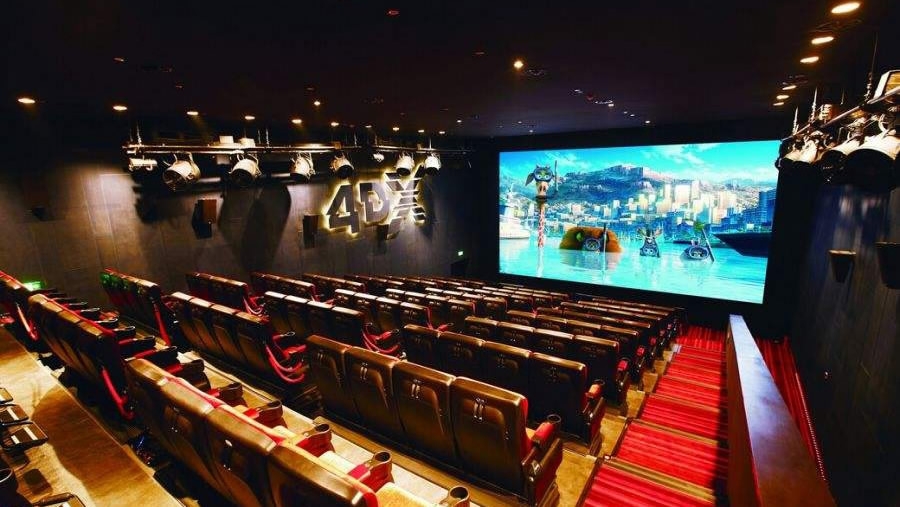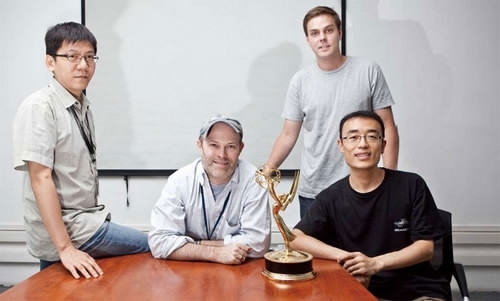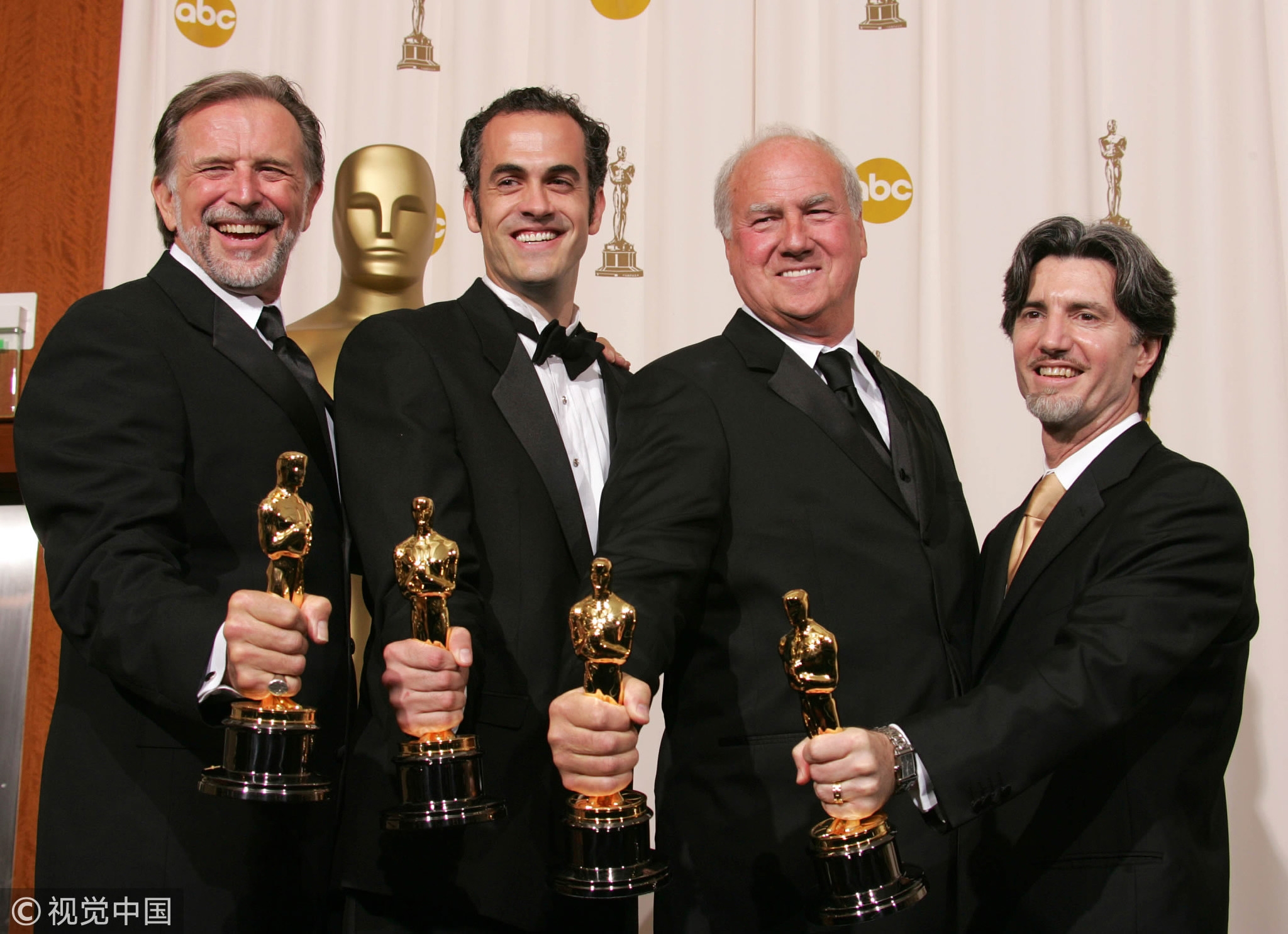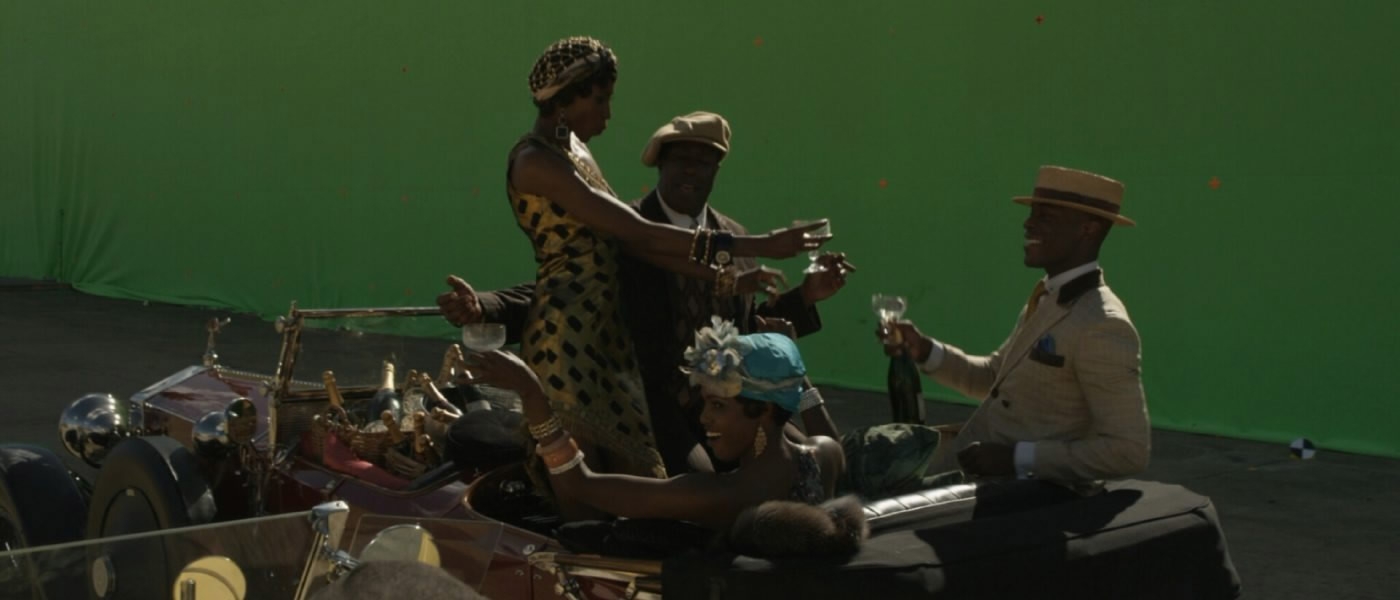
Culture
19:09, 19-Apr-2018
Reporter's Diary: International Digital Cinema Technology Forum
Josh McNally

The International Technology Forum of the Beijing International Film Festival (BJIFF) took place on April 18 and featured six guest speakers, each for a different realm of film technology:
- Neil Xie – vice president of Base FX, a China-based special effects company that has worked on projects such as Disney’s “Captain America: Civil War” and the Starz TV show “Black Sails", for which it won an Emmy award.
- Chris Godfrey – a visual effect supervisor who has spent several decades working on Australian productions such as Mel GIbson’s ”Hacksaw Ridge” and “The Great Gatsby”.
- Wang Yaming – chief technology officer of Professional Solutions China, a subsidiary of Sony China.
- Anthony LaMolinara – a director and screenwriter who has worked on the “Stewart Little” and “Toy Story” movies, winning an Oscar in the process for Best Visual Effects on “Spider-Man 2”.
- Alain Desrochers – Quebecois film director best known for his film ”Nitro”, the French-Canadian answer to ”The Fast and the Furious”.
- Dr Gao Pengdong – co-founder and vice president of the Land High Tech Group.
Though all six men work in the tech field, they have a different area of expertise, and while it would be too much to try and relay all their talks, it was clear that certain themes were overlapping and developing over the course of the forum.

Neil Xie (L) and the Base FX with one of their Emmy awards. /Base FX Photo
Neil Xie (L) and the Base FX with one of their Emmy awards. /Base FX Photo
The first, and the clearest, was outlined by Neil Xie, who stressed that one of the largest developments in technology was that it allowed for extensive pre-visualization processes which, if used correctly, can save time and money by allowing the director to outline what they require early in the project – not just before shooting, but at several stages, such as before a particularly complex scene needs to be shot or before the post-production process begins.
This was reiterated by the forum’s final speaker, Dr Gao, who spoke about how his company’s technology allowed for several units to be working on a project all at once, even if they’re separated by hundreds of miles. The technology of the Land high Tech Group allows for a film to be shooting one scene in Beijing, for example, while a team is working on the pre-visualization of the next scene in Shenzhen, saving the project from having to pause and figure out what to do next.
 Feb. 27, 2005: Visual effects director John Dykstra, Scott Stokdyk, John Frazier and Anthony LaMolinara (R) pose with their "Achievement In Visual Effects" for "Spider-Man" backstage during the 77th Annual Academy Awards at the Kodak Theater in Hollywood. /VCG Photo
Feb. 27, 2005: Visual effects director John Dykstra, Scott Stokdyk, John Frazier and Anthony LaMolinara (R) pose with their "Achievement In Visual Effects" for "Spider-Man" backstage during the 77th Annual Academy Awards at the Kodak Theater in Hollywood. /VCG PhotoThe second – and this applies to almost everything – is that progress doesn’t necessarily happen in a straight line. LaMolinara, who has worked in the field of CGI for decades, said that industry trends have always skewed towards immersion, with VR essentially being the biggest version of the big screen experience.
But, he describes wearing the headset as being akin to floating inside a sensory deprivation tank and so is too distracting to use for cinema. However, that isn’t to say the tech is useless, it’s just better suited to other forms, such as video games.
However, if there is one thing that all six men touched upon, it’s that technology should be as invisible as possible. This was emphasized by Godfrey, who spoke about how much it troubled Baz Luhrmann to be reminded of the technological limitations he was facing when “The Great Gatsby” was in production, but even when speaking of his own opinion, Godfrey believed everything that stood between the actor and the camera was a burden.

An image from the production phase of "The Great Gatsby" showing just how much of the scene is made with VFX technology. /Animal Logic Photo
An image from the production phase of "The Great Gatsby" showing just how much of the scene is made with VFX technology. /Animal Logic Photo
Likewise, Wang – though speaking of the technical process – opined that it’s a problem when something stands between the actor and the audience; frame rates, resolutions, color differentials – as soon the technology becomes noticeable, it detracts from the experience.
The BJIFF runs until April 22.

SITEMAP
Copyright © 2018 CGTN. Beijing ICP prepared NO.16065310-3
Copyright © 2018 CGTN. Beijing ICP prepared NO.16065310-3